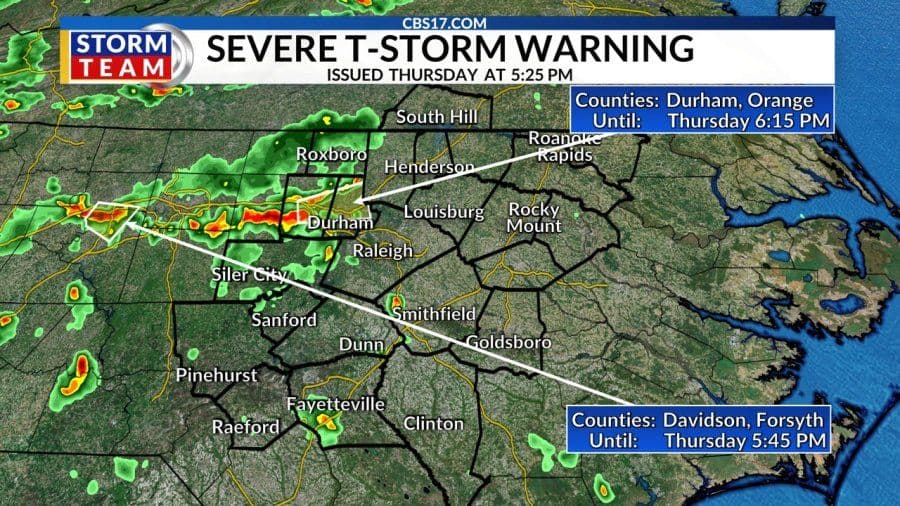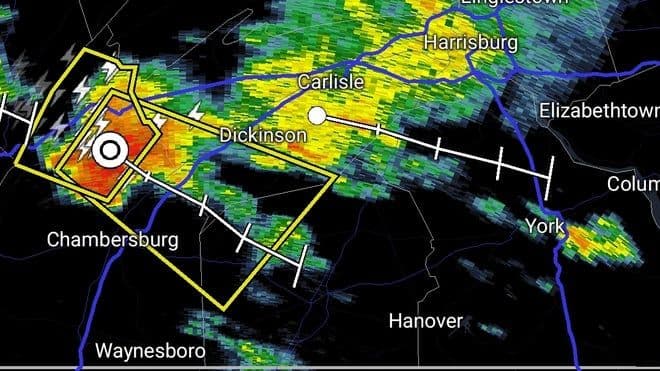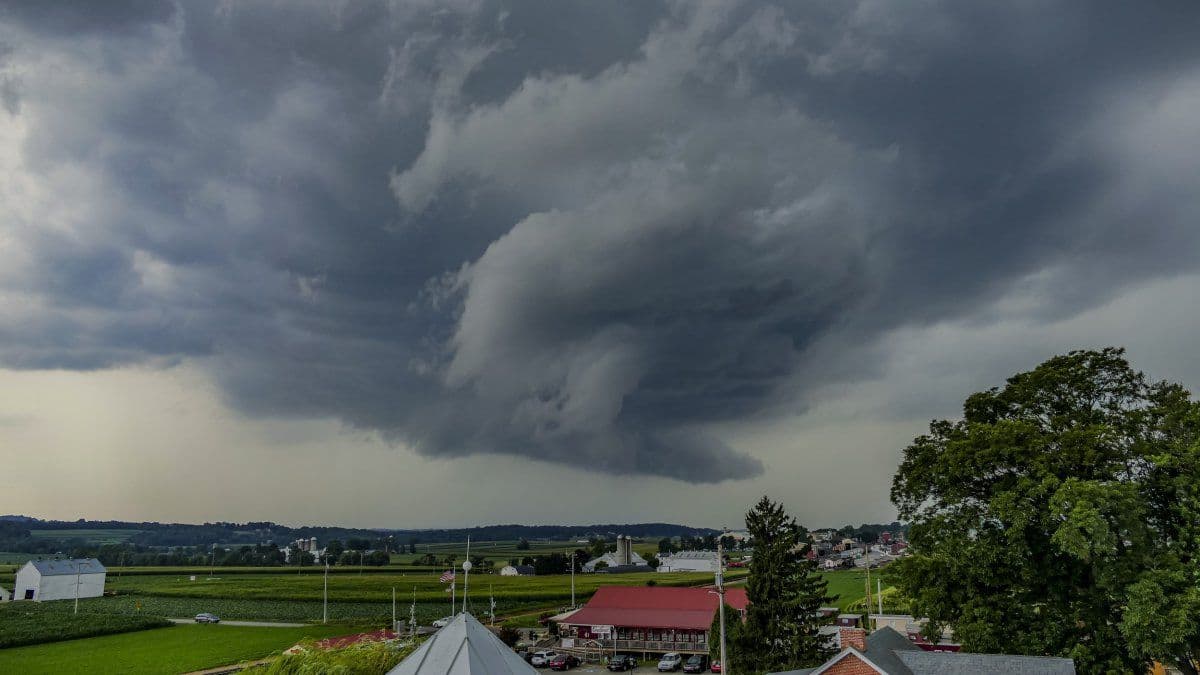Living on Alert: Navigating Central NC's Dynamic Weather Reality
Explore how Central NC communities adapt to frequent severe weather alerts, building resilience and understanding the dynamic forces shaping their daily lives.
The Persistent Drumbeat of Alerts
Central North Carolina residents are increasingly familiar with the urgent ping of a weather alert. It’s become a regular soundtrack to daily life, a persistent drumbeat that underscores the region's dynamic and often volatile climate. Take, for instance, a recent Thursday in mid-July 2025, when severe thunderstorm warnings cascaded across the region. At 5:24 p.m., forecasters pinpointed a severe thunderstorm near , hurtling east at 25 miles per hour, prompting immediate warnings for central and counties. Barely an hour later, by 6:15 p.m., that particular threat had passed, but it followed an earlier warning for and counties, which had just expired at 5 p.m. This isn't an isolated incident but a common occurrence, illustrating how quickly conditions can shift. For communities here, these alerts are more than just a heads-up; they're a constant reminder of the need for vigilance, shaping how families plan their evenings, how businesses operate, and how local authorities manage public safety. It's a daily dance with the unpredictable, where the temporary expiration of one warning often feels like a brief reprieve before the next one inevitably arrives.

Beyond the Forecast: The Human Element of Preparedness
While the immediate alerts define the moment, the true story of Central NC’s weather reality unfolds in the human response to these persistent threats. It's about communities moving beyond simply receiving a warning to actively living a state of readiness. Consider the broader activities that hint at this deeper engagement: , for example, is engaged in long-term development, a process that inherently includes planning for operational continuity amidst severe weather. Emergency preparedness isn't just theoretical; it manifests in real-world scenarios, like the evacuating due to hazardous chemicals, a reminder of the diverse emergencies that can trigger community-wide responses, often exacerbated by or intertwined with weather events. Even the governor, , touring flooding damage from a recent storm like , speaks volumes. His visits aren't just symbolic; they underscore the ongoing assessment, recovery, and strategic planning required at the highest levels to support communities repeatedly impacted. This collective vigilance, from individual household emergency kits to large-scale infrastructure resilience efforts, paints a picture of a region where preparedness isn't a one-off event but an ingrained, evolving way of life.
Building Resilience: Strategies for a Stormier Future
The recurring cycle of alerts and immediate responses naturally leads Central North Carolina communities toward a more proactive stance: building resilience for a future that promises continued weather volatility. This isn't just about battening down the hatches when a storm approaches; it's about systemic, long-term strategies designed to absorb, adapt, and recover from increasingly frequent and severe events. For instance, the very mention of a "flood warning" for the signals a critical area of focus. Communities along such waterways are investing in flood mitigation projects, from improved drainage systems to resilient infrastructure, to protect homes and businesses. Local governments are refining emergency response protocols, ensuring swift coordination between first responders, public utilities, and aid organizations. Public education campaigns are vital too, empowering residents with practical advice on everything from creating emergency kits to understanding evacuation routes. These concerted efforts, often involving collaboration between state agencies, local municipalities, and private citizens, aim to transform a reactive posture into a robust, adaptive framework, ensuring that each successive weather challenge leaves the region stronger, not weaker.
Whispers of Change: Understanding Local Weather's Broader Context
The relentless "drumbeat" of weather alerts and the proactive resilience strategies emerging across Central North Carolina are not isolated phenomena; they are whispers of a broader narrative unfolding on a global scale. While individual severe thunderstorms, like those recently seen near or in and counties, are common summer occurrences, their perceived frequency and intensity hint at larger atmospheric shifts. Residents aren't just reacting to individual storms; they are intuitively sensing a change in the regional weather patterns, a subtle but persistent deviation from what was once considered typical. This growing awareness prompts a deeper look at how local conditions might be influenced by wider climatic trends. It transforms the immediate concern over a passing storm into a dialogue about long-term environmental shifts and their implications for regional planning, resource management, and community well-being. Understanding this broader context is crucial, moving Central NC from simply weathering individual storms to strategically navigating a dynamically changing climate, ensuring a sustainable and secure future for its vibrant communities.
Related Articles

Decoding the Microburst: Why North Carolina's Weather Alerts Are More Personal Than Ever

Decoding the Microburst: Why North Carolina's Weather Alerts Are More Personal Than Ever

The Roar and the Radar: Navigating the New Era of Severe Thunderstorm Warnings

The Roar and the Radar: Navigating the New Era of Severe Thunderstorm Warnings

The Silent Scramble: Inside America's Race Against Lightning-Fast Storms

The Silent Scramble: Inside America's Race Against Lightning-Fast Storms

Weather's New Imperative: How Forecasting Became Our Blueprint for Resilience
